In the rice fields from Dong Hoa, Phu Hoa to Tuy An, Dong Xuan, the summer-autumn rice crop is entering its heading stage. Taking advantage of the early morning and late afternoon hours, farmers gather to inspect their fields, checking for pests and diseases, and dealing with rodent damage.
A bright smile under the hot sun.
In the afternoon, Mr. Tran Van Tam from Xuan Quang 3 commune, Dong Xuan district, carried a basket of fertilizer to the Truong rice field in front of his house to spread it on the rice plants as they prepared to flower. Mr. Tam smiled brightly and said: "The summer-autumn rice crop is almost a month and a half old, so I'm applying the final round of fertilizer to give the rice the strength to develop its panicles and grow long."
According to experience, after spreading fertilizer, Mr. Tam walks around the rice field embankment, checking for drainage holes. He then carefully fills in the holes to prevent the fertilizer from being washed away. Next, he uses his hand to create a furrow for the rice plants to emerge from, checking for planthoppers and taking preventative measures. "Farmers worry about planthoppers and drought when growing rice in the summer-autumn season. With the two types of planthoppers, brown planthoppers and white-backed planthoppers, if not controlled, the rice can be infested on a large scale, resulting in reduced yield," Mr. Tam said.
Mr. Nguyen Van Phuoc, an employee of the Phu Xuan Reservoir irrigation team (Dong Cam Irrigation Company Limited), is leading irrigation water to the Thanh and Nui Mot fields (Xuan Quang 3 commune), going to each inter-regional rice paddy, using a hoe to dig trenches in each field to allow water to flow in.
Mr. Phuoc said: "This field is far from the water source of Phu Xuan Lake, so in some years of drought, the entire field cracks and is left fallow. For the 2023 summer-autumn crop, to ensure sufficient irrigation water, the irrigation team has to regularly check the canals to prevent them from breaking and water from leaking into the ponds and rivers. Because of the hot weather, I try to go out early in the morning and late in the evening to avoid the intense sun."
According to Mr. Phuoc, the water supply from Phu Xuan Lake is currently sufficient to irrigate this rice field. If the drought continues, there may be a shortage of water from the source. However, based on his experience as a long-time water channeler, alternating between flooding and drying irrigation is sufficient to keep the rice leaves green after absorbing the fertilizer.
Along the railway line from Chi Thanh station to Go Bun field in An Cu commune (Tuy An district), the rice plants are in their prime. Mrs. Bui Thi Minh Ha, visiting her rice fields, smiled brightly at the green color of the fields and said: "These fields are often affected by salinity and acidity. When that happens, the rice plants wither, and even with fertilizer, they don't turn green. Therefore, we need a source of fresh water to wash away the salinity and acidity in time. A few years ago, during the summer-autumn crop season, the water level in the Lo Gom River was too low to wash away the salinity and acidity. Now, the river water level is high, so farmers don't worry about water shortages."
Prevent rats from gnawing and damaging the meat.
Along the rice fields from Dong Hoa to Phu Hoa, farmers use plastic bags to trap rats. Mr. Nguyen Van Son from Hoa Tri commune (Phu Hoa district), who was setting up plastic bags, said: "Rats are destroying the rice. I use small stakes, wrap plastic sheets around the tops, and spread them over the areas where rats are damaging the rice so they get scared and go elsewhere. In some places, farmers hang empty beer and soda cans on top of trees to create loud noises to scare the rats away."
Mr. Nguyen Van Dong from Hoa Tri commune, Phu Hoa district, shared: "For many years, I and many others have noticed that in areas where we've tried to catch rats, the damage has decreased, but in other areas, the rats continue to gnaw at the plants. While caterpillars eat the leaves, leaving only the stems, rats gnaw through the roots, destroying entire patches of rice plants."
In the fields of Hoa Vinh ward (Dong Hoa town) and Phu Dong ward (Tuy Hoa city), at night, people use crescent-shaped traps to catch rats throughout the rice paddies. In the morning, Mr. Le Van Ba from Hoa Vinh ward goes to the fields to collect the traps and says: "Previously, in many rice paddies along National Highway 1 leading to the duck farms in Phuoc Loc (Hoa Thanh commune), rats dug burrows and hid in mounds of earth next to rocks. People couldn't destroy all the burrows, so the rats reproduced a lot and damaged the rice crops. At the beginning of the production season, people launched campaigns to exterminate rats, but due to the terrain with many embankments and high ground, and the lack of coordinated efforts, the rats moved from one area to another."
According to the Department of Crop Production and Plant Protection, farmers in the province have sown over 24,830 hectares of rice during the summer-autumn crop season. The main crop is in the tillering and late tillering stages. The late crop is in the seedling and tillering stages. Currently, 13 hectares of rice fields in Tuy An and Dong Hoa are damaged by rats; 1.8 hectares by thrips in Son Hoa; and 3.5 hectares by armyworms in Dong Xuan. In addition, some scattered pests are causing damage below the infestation level, such as black stink bugs, affecting 16.8 hectares in Dong Hoa, Phu Hoa, and Tuy Hoa; and small leaf-rolling caterpillars, affecting 0.5 hectares in Tuy An.
The Department of Crop Production and Plant Protection recommends that, to prevent and control pests and diseases in the 2023 summer-autumn rice crop, farmers should strengthen measures to care for and monitor harmful organisms such as rats, thrips, planthoppers, stem borers, etc.; and at the same time implement measures to eradicate rats simultaneously throughout the entire season.
Some years, rats would destroy the rice plants from the moment the young leaves appeared, leaving large patches of barren land the size of a sieve or winnowing basket in many fields. But this season, thanks to the farmers' efforts in staying up all night to set traps and kill rats, the rice fields are vast and lush green.
Mr. Le Van Ba lives in Hoa Vinh ward, Dong Hoa town. |
MANH LE TRAM
Source link







![[Photo] Prime Minister Pham Minh Chinh attends the Conference on the Implementation of Tasks for 2026 of the Industry and Trade Sector](/_next/image?url=https%3A%2F%2Fvphoto.vietnam.vn%2Fthumb%2F1200x675%2Fvietnam%2Fresource%2FIMAGE%2F2025%2F12%2F19%2F1766159500458_ndo_br_shared31-jpg.webp&w=3840&q=75)
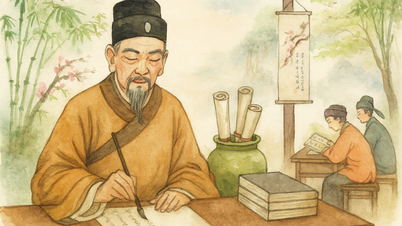

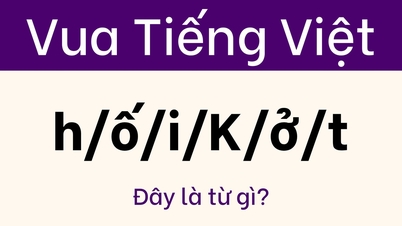
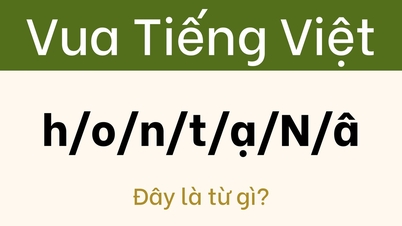
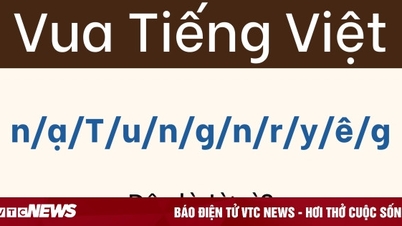


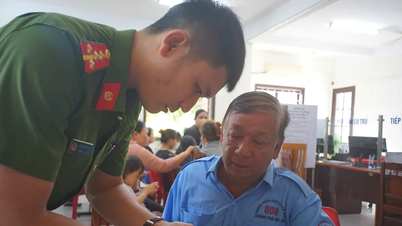





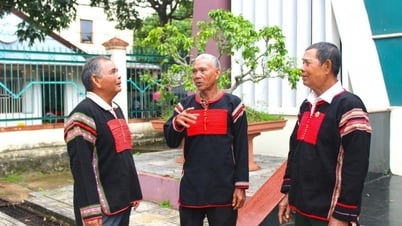





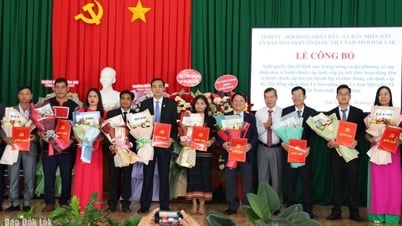

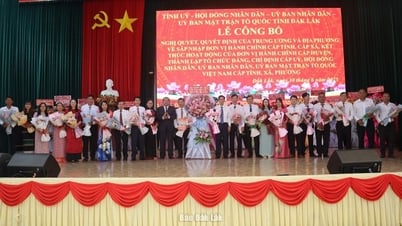










































































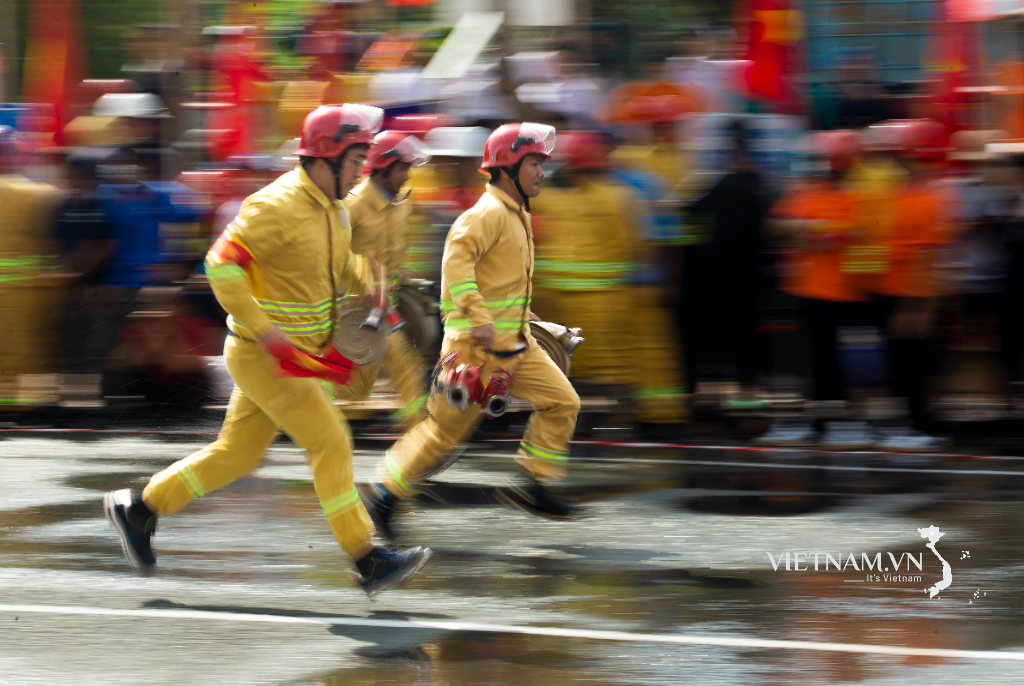

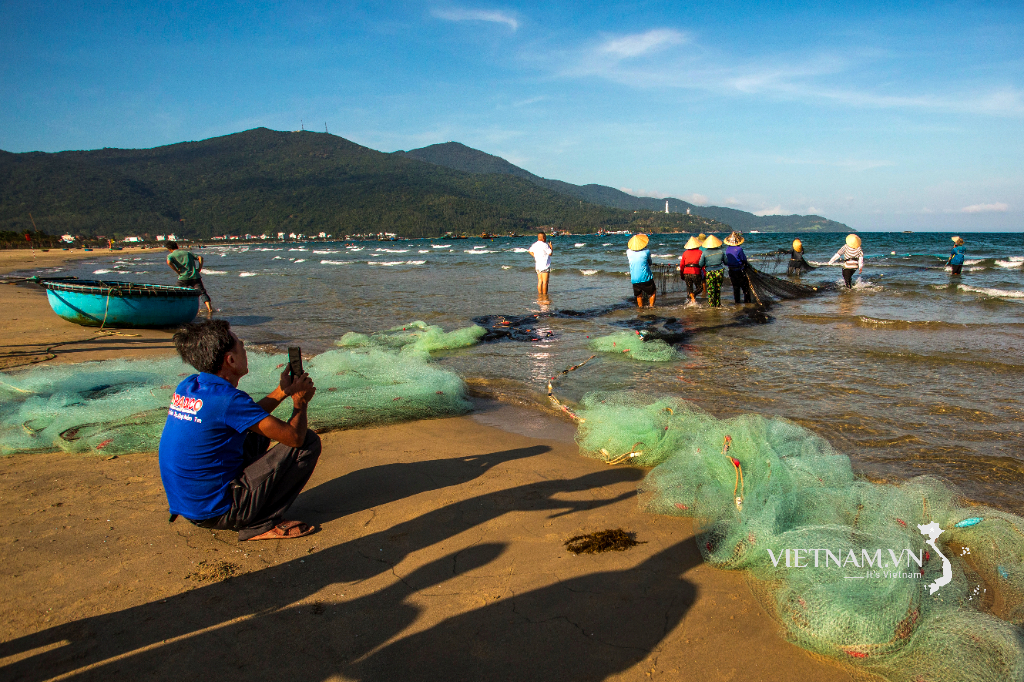

Comment (0)